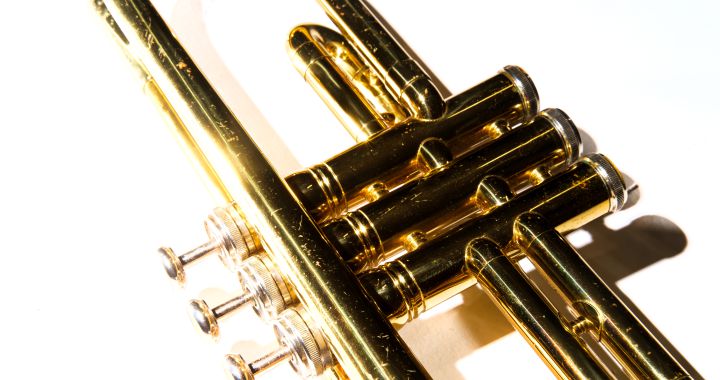If we look back, we probably won’t be able to identify how many musical styles there are. There are some that have reached the present day retaining the energy of the first day, such as rock and roll, others that are the result of changes in the rhythms of their precursors such as heavy metal, and others on which we danced until dawn and won their place in parts of Spain and part of the world.
Within the latter we refer to ska, a genre that has evolved over the years and has a long history behind it. He was born in the late 1950s and although some have no idea what it is when they hear his name, he is considered one of the precursors of reggae. And it is that, despite the fact that there is little left of that pure and traditional ska that we knew, it is still alive in the choruses of the songs that sound today and in the fusions of other genres.
Who and where was ska created?
To talk about ska, first you need to time travel and go back to the 60sdate on which it began to consolidate as a musical genre in the hands of Clement Deathwhich asks artists from that era to fuse American music heard in Jamaica to bring a new beat to life.
Although Dood put all his efforts into fusing jazz with latin music, swing, boogie and mentothe latter, a referent musical style, will only be so 1962 when the island of Jamaica becomes completely independent from Britain and as a result musicians begin to create their own styles and genres.
Jamaican man playing guitar / Getty
However, although Clement Dood was the one who consolidated this musical genre, if we talk about an artist considered the father of ska, then we are talking about Antonio Quirazco López, also known as Tono Quirazco. It was he who, with the members of his Hawaiian band, released his first ska album.
Ska from the 60s to today
Since its creation, ska permeated places like Spain with specific songs and, with other rhythms that became hits like the twist, the madison and the beat of the Beatles, they marked the ye-yé culture.
Over the years, little by little, reggae took precedence over ska, becoming the cultural expression, especially in the political and religious sphere, to which Jamaica placed more value. Similarly, during the years when it was fashionable, ska was constantly threatened by the emergence of new genres, such as the musical rise of stable as a rock.
Despite the fact that he made an effort to maintain his legacy, his struggle to survive was not enough and the result was none other than a gradual loss of prominence, causing in 1970 ska disappeared from the Jamaican music scene.
However, in 1977 he would have a second chance: a group of young people from England will seek to give a facelift to this musical genre and a new ska will be born, but this time with rhythmic speed and a more exposed sound. This return they would call 2 tones, and for this new era, artists would opt for two-tone or two-tone clothing, usually black and white. As for the music, it would be covers of classic themes, but adapted to the times.
Already at the start 80 The 2-tone ska bands would have died out, and even though new bands would begin to spring up in the United States, they would not be successful. will be between 1981 and 1982 when in the United States of America, Bucket, is the legendary musician of the 2-tone era. The Toasters will be the name of the group believed by this Englishman and the promoter of the third stage of 2 tones until today.
Why is it called ska and such details
Many have ever wondered where the name ska comes from, and the truth is that its origins are diffuse and there is no one hundred percent confirmed information. However, members of The Skatalites argue that it comes from bassist Cluet Johnson’s greeting to his friends..
Like all music lovers who prefer a genre, they are baptized with a pseudonym. SO, to refer to those who listen to skathe Jamaican musical genre, mixed as we have already said with genres such as jazz, dubb and calypso, the term of watching.
Ska-P and other ska bands in Spain
To date, several groups have arrived that continue to maintain this musical genre. Some of them are:
- Aspencat
- The Beatles
- Che Sudaka
- The deaf dog
- cut
- The root
- Monkey
- Social Security
- Scatalà
- Scooters
- Ska-P
- Stool
- Vendetta
- ZOO

